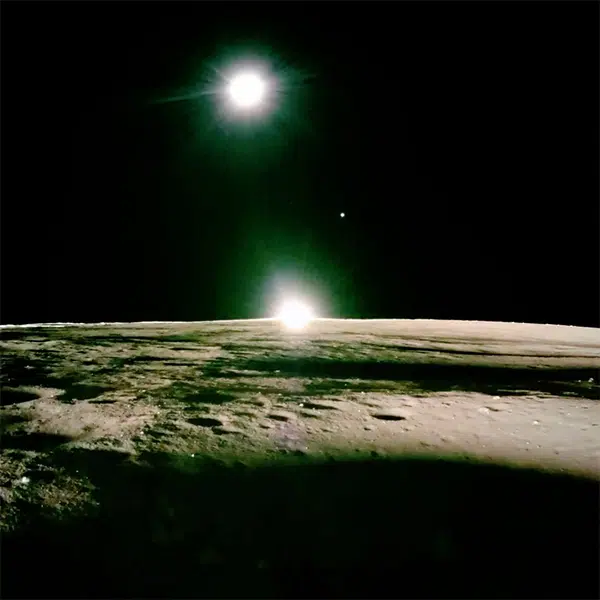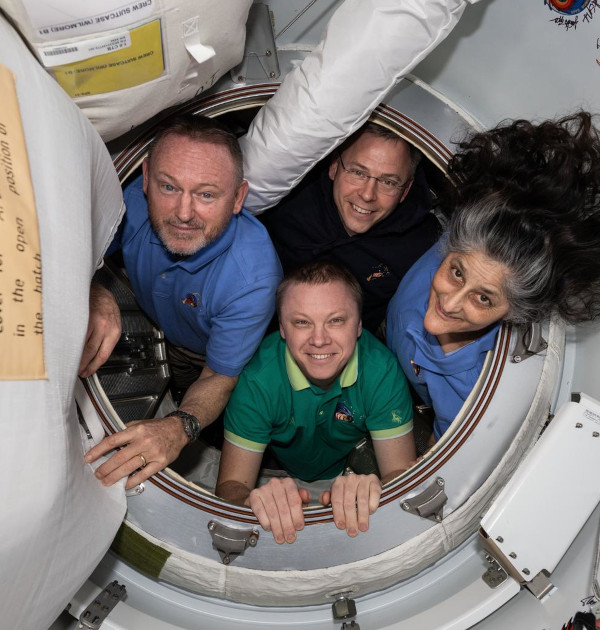We've seen some impressive timelapses, but nothing compares to what NASA has just released. A decade in the making, this one-hour timelapse covers 10 years of the Sun. Piecing together an astounding 425 million images taken by the Solar Dynamics Observatory (SDO), A Decade of Sun is a fascinating look at the star at the center of our solar system.
The work is a celebration of SDO's work, as it began monitoring the sun in 2010. Thanks to the 20 million gigabytes of data it's collected over the course of a decade, researchers have been able to make countless new discoveries about the Sun. This includes observations of solar tornadoes that spin up to 186,000 miles per hour, giant plasma waves that travel around at 3 million miles per hour, and the discovery of new magnetic explosions that explain why the solar atmosphere is so hot.
Considering the fact that SDO takes a photo of the Sun every 0.75 seconds, there was a lot of material to sift through. For the ten-year time-lapse, NASA chose to focus on photos taken at a wavelength of 17.1 nanometers. This extreme ultraviolet wavelength shows the Sun’s outermost atmospheric layer—the corona. By compiling one photo every hour, the video whizzes by an entire decade in an hour.
The result is a mesmerizing look at the glowing corona of the Sun as it spins. The video covers an 11-year solar cycle from June 2, 2010 to June 2, 2020. Through the course of the time-lapse, it's possible to see transiting planets, eruptions, and solar flares. There are a few dark frames in the mix, which are the result of Earth and the Moon passing in front of the SDO and causing a brief eclipse. There's also a longer blackout that occurred in 2016 when there was an equipment malfunction. A few images will also appear off-center, which happens when the SDO is calibrating its instruments. But otherwise, it's smooth sailing.
So sit back, relax, and enjoy a decade of the Sun, accompanied by musician Lars Leonhard's special soundtrack, Solar Observer.
NASA's time-lapse video of the Sun includes special events like Venus' 2012 transit across the face of the Sun.
In August 2012, a huge eruption burst from the lower left edge of the Sun, traveling at 900 miles per second.
You can also see Mercury transiting across the Sun in 2019—the last time for another 13 years.
Solar Dynamics Observatory (SDO): Website | Facebook | Twitter
h/t: [PetaPixel]
Related Articles:
NASA Releases Hypnotic GIFs of a Black Hole in Rotation
Beautiful Timelapse of the 2010 Perseid Meteor Shower
Breathtaking 6K Time-Lapse Captures SpaceX Rocket Launch Over California
Time-Lapse Video Gives a Dazzling Tour of Earth From the International Space Station
























































































